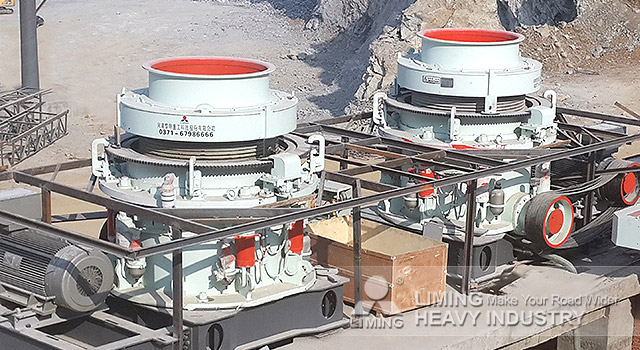Primary rock crushers are essential in the mining and construction industries, serving as the first stage in the crushing process to break down large rock materials into smaller, manageable sizes. There are several types of primary rock crushers, each designed for specific applications and materials. This overview discusses five common types: jaw crushers, gyratory crushers, cone crushers, and hammer crushers.

Jaw Crushers: Jaw crushers are one of the most common types of primary rock crushers. They use a compressive force to break down materials, with two jaws—the fixed jaw and the movable jaw—acting against each other. The material is fed into the top of the crusher, and as the movable jaw closes, it crushes the material against the fixed jaw. Jaw crushers are known for their efficiency in handling hard and abrasive materials, making them ideal for mining operations and quarrying.
Gyratory Crushers: Gyratory crushers are similar to jaw crushers but feature a conical shape and a circular motion. The main shaft is located at the center of the cone and moves in a circular motion, crushing the rock as it is squeezed between the cone and the surrounding wall. Gyratory crushers are particularly suited for large-scale operations due to their high capacity and ability to process hard materials, such as granite and basalt. They are often used in primary crushing applications in large mining operations.
Cone Crushers: While often associated with secondary and tertiary crushing, certain types of cone crushers can also serve as primary crushers. They use a rotating mantle and a stationary bowl to crush materials by compression. Cone crushers are known for their high efficiency and ability to produce a uniform product size, making them a popular choice for quarrying and mining operations. They excel at crushing hard materials and can handle a range of rock types, including granite, limestone, and more.
Hammer Crushers: also known as hammer mills, operate using high-speed rotating hammers that crush the material as it is fed into the chamber. They are particularly effective for softer materials and are used in various industries, including mining and recycling. Hammer crushers are known for their simplicity and low operational costs. They can handle a variety of materials, though they may not be suitable for very hard or abrasive rocks.
In summary, primary rock crushers come in various types, each designed to handle specific materials and applications. From the robust jaw and gyratory crushers, and cone crushers, and hammer crushers, these machines play a crucial role in the processing of raw materials in mining and construction. Selecting the appropriate type of primary rock crusher is vital for optimizing production and ensuring the efficient handling of materials.
